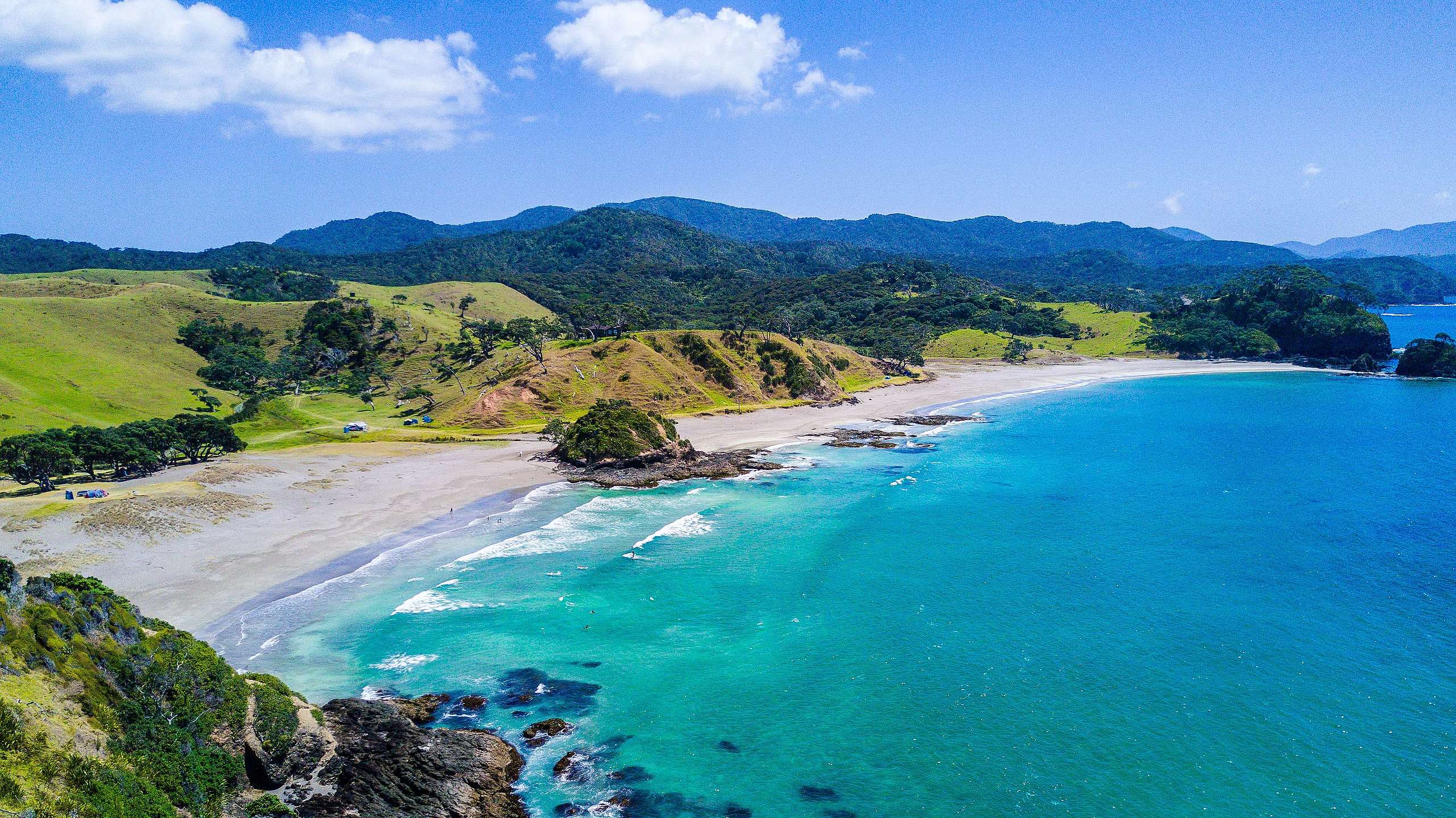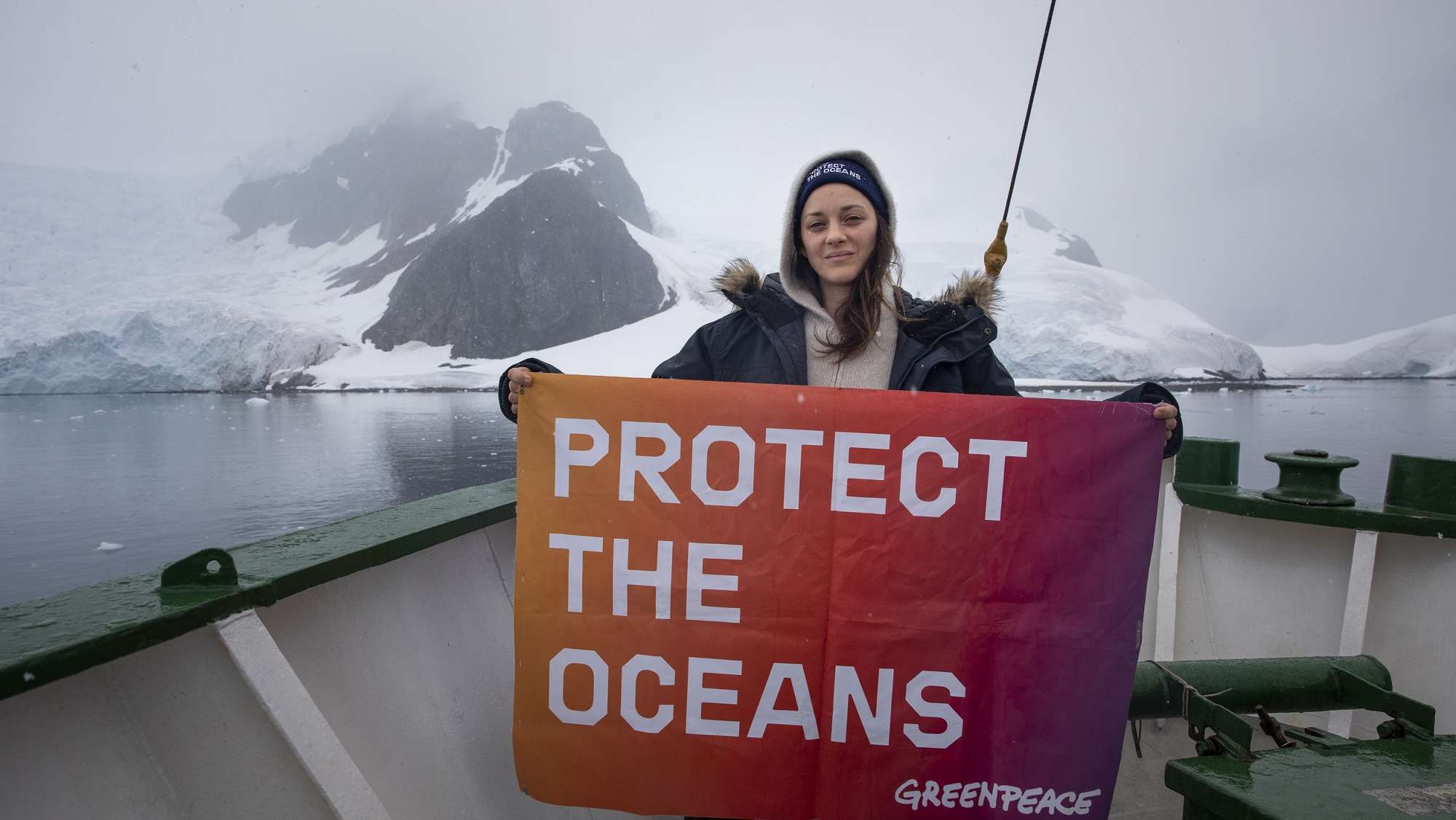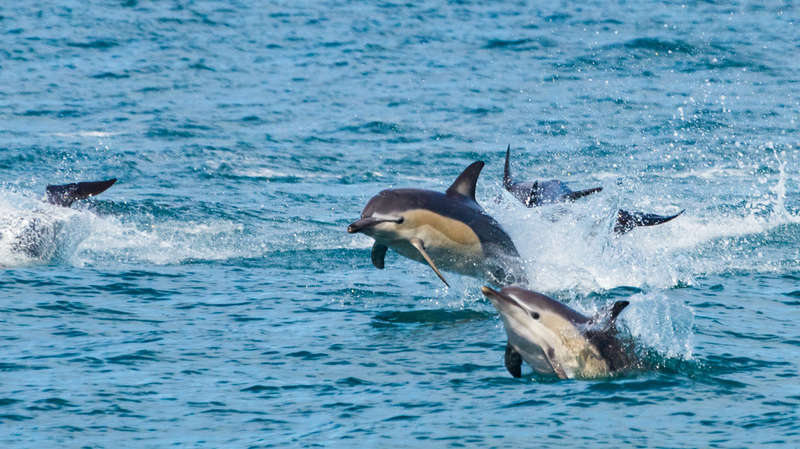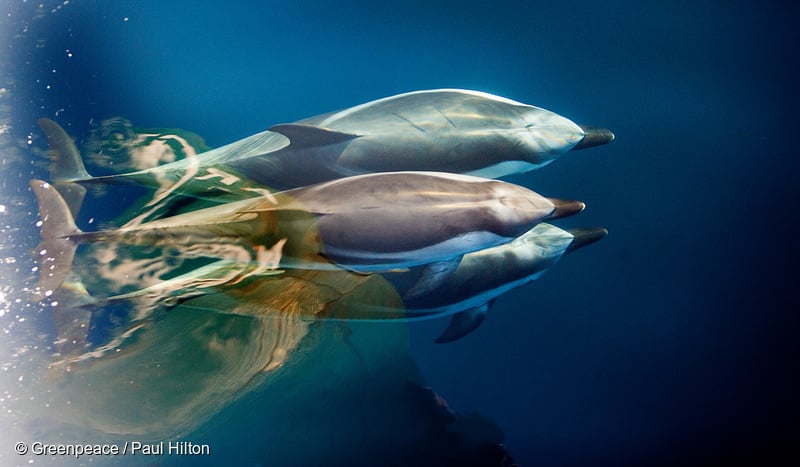
On the map, Aotearoa is a thin streak of green on a tableau of blue.
The dominant feature is sea, not land.
We are separated by 2.3 million square kilometres of Tasman Sea from our largest neighbour Australia. On the other side and above is the vast Pacific.
You can stand on an isthmus in the biggest city Tāmaki Makaurau Auckland and only 1000 metres separates the two bodies of water.
The Pole of Inaccessibility in Aotearoa, (the furthest point from the ocean) is 119km, compare that with 1770 km in Africa and 1650 in North America.
Even in the middle of the volcanic cordillera which runs down the widest part of this narrow island nation, it’s not uncommon to see a kararo (seagull) gliding through a mountain pass.
Over the long summer break, the inhabitants pay homage. The country shuts down and cities empty. Many New Zealanders head for the coast to a family Bach, or else they’ll tent it, loading up cars and trailers, rolling into beachside camping grounds.
Given this geographic context, given that nearly a third of New Zealanders like to fish and given that 45% of New Zealanders access some form of a boat, it would be safe to assume that any politician who valued their job would be cognisant of this fundamental connection to the big blue.
So when the United Nations invites a Government delegation to discuss a Global Ocean Treaty– a long-overdue attempt to repair a gaping hole in international law that fails to protect the high seas from exploitation and destruction, one might expect the Ministry of Foreign Affairs to be fair fizzing at the bung.
When a coalition of the world’s environmental movers and shakers asks Aotearoa to get in on a movement to protect 30% of the world’s oceans by 2030 – you would imagine our elected representatives would simply ask, with salty enthusiasm, where do I sign?
While New Zealand isn’t actually dragging the chain at these international talks, it is certainly acting with restraint, demonstrating an attachment to the regional fisheries organisations that have contributed so much to ocean destruction.

Why do we need a Global Ocean Treaty
What the UN was trying to do at a meeting in New York in March this year was negotiate a treaty to protect the “high seas” or ocean outside international boundaries.
This vast area of ocean – “beyond national jurisdiction” as the envirocrats like to call it, is regarded as a kind of last frontier – where human exploitation, overfishing, seabed mining and pollution is allowed to go largely unchecked.
Urgent action is required to protect biodiversity, the range of life in the ocean, and to preserve the sea’s mammoth ability to counteract human-created climate change by sequestering carbon.
While the New Zealand delegation’s contribution in New York has been considered “constructive” their ambition to truly protect our blue planet has been lacking in zing.
In 2021 Aotearoa was invited to sign up to a bold plan to protect 30% of all oceans by 2030. Back at COP26, the Glasgow climate summit, at the end of last year, a list of 61 nations agreed to the principle. That number has since risen to 90 countries.
Who’s on the list? The usual roll-call, your Costa Ricas, your Frances, your Canadas, and neighbours Australia. There’s a gap between Chad and Chile where China might be. No sign of Russia or the US and Aotearoa is conspicuous in its absence.
A week before the Global Ocean Treaty talks opened in New York, the Labour Government still hadn’t decided whether to support the idea.
When asked about the 30% target during a Parliamentary question time the Minister for Oceans David Parker said:
“I’m not decrying the importance of targets, but without qualitative elements to support outcomes that include ecological representation and connectivity and management effectiveness, the convention just would not work.”
Even given the acceptance of the importance of targets, New Zealand needs to throw its weight behind the crucial how – how marine protected areas will be established in the high seas – and quickly. We don’t have the luxury of the many years or decades these initiatives have taken in the past.

Protecting 30% of the oceans by 2030 – a Global Ocean Treaty
The push to create marine protected areas across 30% of the blue planet before 2030, widely known as “30×30”, may have a catchy marketing ring to it but it’s steeped in scientific background.
According to a 2016 meta analysis that analysed 144 peer-reviewed studies 30% is the bare minimum amount of Ocean we need to ring-fence to protect marine diversity.
How much is protected now? On the high seas, an estimated 1%. That’s the status quo.
So why would the Labour Government of Aotearoa, which trumpets environmental credentials, actively ignore such a target? It’s not clear.
Understanding this may provide a clue about some of the submerged obstacles which could delay or scupper a Global Oceans Treaty.
One possible factor might be the snag of commercial fishing.
Like most island nations New Zealand has a sizeable fishing fleet. Fishing companies are not wild about the idea of having less area to operate in. With fewer fish in the sea, they don’t want to be hemmed in by Marine Protected Areas.
New Zealand’s primary industries such as farming and fishing have traditionally exerted an outsize influence on the Government.
Fishing companies enjoy a close relationship with the Government’s Ministry for Primary Industries.
If that sounds conspiratorial, it’s worth studying the New Zealand Government’s track record on the maligned fishing practice of bottom trawling.
Aotearoa is the only country bottom trawling in the high seas of the South Pacific, predominantly on seamounts, underwater mountains – the equivalent of rainforests when it comes to ocean biodiversity.
All three fishing companies which bottom trawl have been charged with breaches of the rules, fishing in the few fragile areas which have been protected.
However, the Ministry for Primary Industries still hands out permits for this destructive practice to go ahead every year, and is likely about to do so again.
It is not a stretch that New Zealand fishing companies might exert a long-line influence over the establishment of Marine Protected Areas, influencing this country’s restrained approach to ocean conservation and swaying the conversations in New York and the latest biodiversity summit held in Geneva in March. It would indeed be beneficial for the fishing industry if implementing marine protected areas were left to regional fisheries management organisations.
This is particularly worrisome in the light of new research into marine protected areas and fish stocks.
A Global Ocean Treaty means more fish in the sea
This study from 2021 gave a concrete figure for an actual increase in fish stocks if we managed to protect 30% of the oceans.
An international team of 26 authors put that figure at 8 million metric tonnes – just under 10% of the total catch every year (90-95 million tonnes).
You’d think more fish would be something politicians could vote for – and even that fishing companies could support- removing this possible underlying obstacle to protecting 30% of oceans by 2030.

From climate change and plastics, to deep sea mining and overfishing – the threats facing our oceans are growing and becoming more urgent by the day. Here’s how we protect them.
